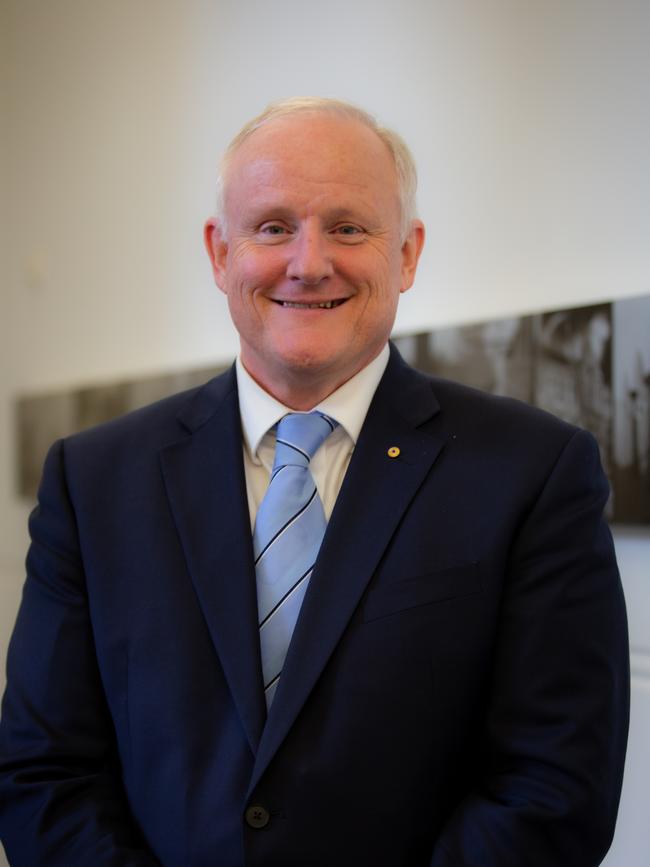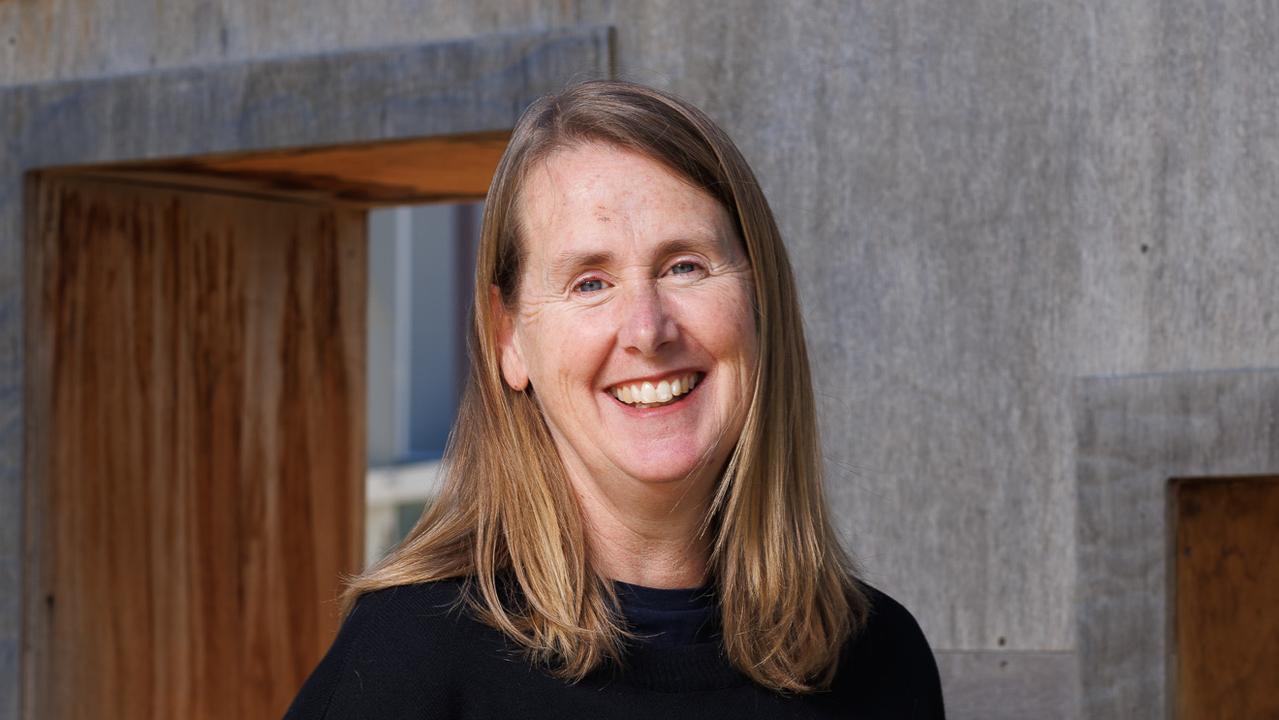Why RMIT is one of the 15 ‘fast moving’ research universities
RMIT’s deputy vice-chancellor (research and innovation) Calum Drummond explains why his institution is one of the 15 ‘fast moving’ research universities.

RMIT is an applied university and its research must be relevant outside of the academic community, says deputy vice-chancellor (research and innovation) Calum Drummond.
So, for more than a decade the university’s express strategy has been to do this through “translating excellent research” into practical applications.
In choosing its key research areas, Drummond says RMIT undertook a four-step process. First, it looked for areas where it had a “critical mass” of expertise and resources. Then it checked whether it could offer research quality in the area. Third, it queried if the university could add value, or would it merely be replicating what other universities were doing. And last, it asked what Drummond says is the most important question: “Would anybody care outside the academic community if we were working in these spaces?”

He said RMIT ended up with 100 initial suggestions for research areas and whittled them down to eight. The university calls them “enabling impact platforms”.
Four of them are STEM areas – advanced manufacturing and materials, biomedical and health innovations, information systems, and sustainability technologies. The other four are social change, design and creative practice, global business innovation, and urban futures. All RMIT academics are invited to affiliate with one or more of the platforms and they are designed to be cross-disciplinary.
“You could be in our College of Design and Social Context, but you might think that you have something to contribute to advanced manufacturing, which is traditionally in a STEM area. You can join that,” Drummond says.
Additionally, RMIT has research networks that are specifically linked to a cross-disciplinary topic – for example, artificial intelligence or mental health. “We’ve got over 40 of these now. It doesn’t matter where you are in the university. You can join these networks,” he says.
Given that most of the university’s research work is done by its 2500 or so PhD students, RMIT also makes sure that PhD research topics are aligned with specific projects that are part of the research strategy.




To join the conversation, please log in. Don't have an account? Register
Join the conversation, you are commenting as Logout